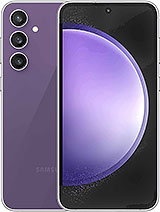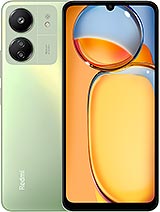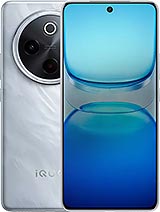iQOO Z10 alternatives
Tap above to see alternatives.
Lava Yuva 4 4G alternatives
Tap above to see alternatives.
Lava Yuva 4 4G

Lava Yuva 4 4G
-
Unisoc T606
12 nm
-
5000 mAh
10W
-
6.56"
720 x 1612 pixels
-
50 MP
1080p@30fps
- Specs
1x2.5 GHz Cortex-A720
3x2.4 GHz Cortex-A720
4x1.8 GHz Cortex-A520
2x1.6 GHz Cortex-A75
6x1.6 GHz Cortex-A55
8GB 256GB (UFS 2.2)
12GB 256GB (UFS 2.2)
4GB 128GB (UFS 2.2)
f/1.8, (wide), 1/1.95", 0.8µm, PDAF, OIS
2 MP
f/2.4, (depth)
(wide), AF
VGA
Auxiliary lens
1080p@30/60fps
f/2.0, (wide)
SIM1: Nano, SIM2: Nano
SIM1: Nano, SIM2: Nano
10 5G bands
n1, n3, n5, n8, n28, n38, n40, n41, n77, n78
In this performance comparison, the iQOO Z10 with its Qualcomm Snapdragon 7s Gen 3 (4nm) performs better than the Lava Yuva 4 4G with the Unisoc Unisoc T606 (12nm), thanks to superior chipset efficiency.
iQOO Z10 offers 2 years of OS updates, whereas Lava Yuva 4 4G provides 1 years. For security updates, iQOO Z10 offers 3 years of support compared to Lava Yuva 4 4G's 2 years.
iQOO Z10 features a superior AMOLED display, while Lava Yuva 4 4G comes with an LCD panel. In terms of smoothness, iQOO Z10 offers a higher 120 Hz refresh rate, ensuring fluid scrolling and animations. Both devices deliver the same brightness level at nits. Notably, iQOO Z10 offers a higher screen resolution, resulting in sharper visuals and more detailed content.
iQOO Z10 comes with a larger 7300 mAh battery, which may offer longer usage on a single charge. iQOO Z10 also supports faster wired charging at 90W, compared to 10W on Lava Yuva 4 4G.
iQOO Z10 includes an IP65 rating, while Lava Yuva 4 4G lacks an official IP rating.
- iQOO Z10 – Check price here
¹ Scores can vary even with the same chipset due to RAM, thermals, and software optimization.











